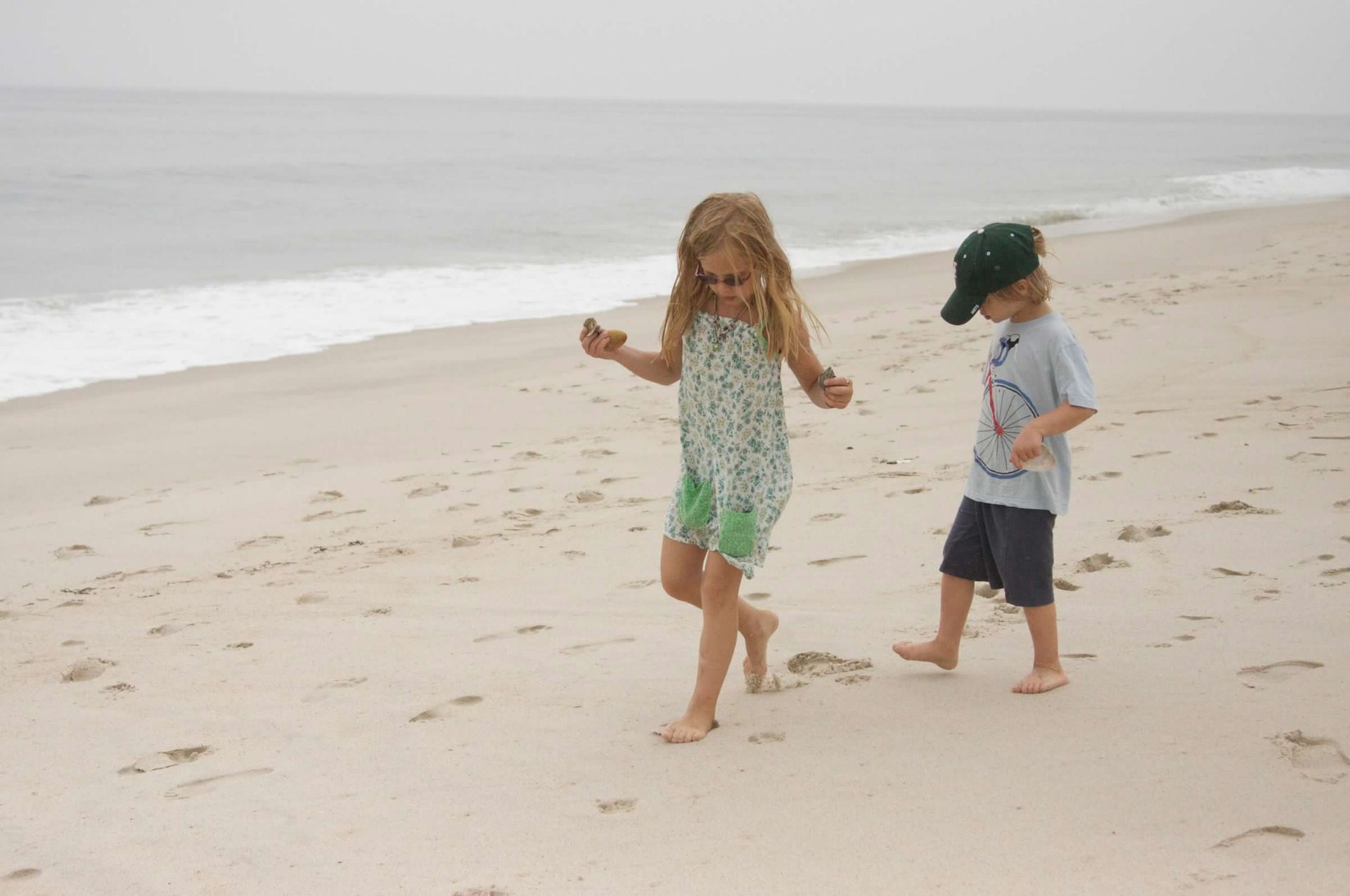Back to School!
Back to School with Success!

Are you looking forward to back-to-school (maybe more than you’d like to admit)? Are you feeling ready to usher your kids into the new year?
This time of transition can be one of both nerves and excitement. And, when done well, it can be a simple, smooth transition (even if it hasn’t been in years past).
As a parent and former teacher turned parent coach, I would love to share some specific tools you can use right away to...
…Start the school year with fewer nerves, more excitement and with everyone feeling ready and relaxed.
…Know exactly what to do, step-by-step, tailored for your unique family to have a successful start to the school year.
…Even find ways to have fun while you get ready (if that seems like a stretch from what you’re used to, definitely keep reading!)
What if you could make this the best year yet for you and your kids? Imagine designing a plan that actually works so you can avoid the usual pitfalls.
Let’s make a game plan to make this the best school year in your child’s life…
Here are 3 things you can do right now:
1. Start talking!
Ask them if they are having any feelings about heading back to school and help them name them. If they aren’t able to name feelings, ask where in their body they feel it.
Will there be a new routine? Talk about it. New after-school schedule? It’s helpful to let them know sooner than later so they can take comfort in knowing what to expect. Predictability can help soothe some of the nerves.
2. Be their safe place.
Listen to their concerns from a place of curiosity NOT judgment. Really try to understand and attend to their emotions and experiences. This will create a supportive environment where they feel heard, seen, and understood.
3.Model healthy ways to manage stress.
New school years can bring stress while adjusting and transitioning to new routines, new teachers, friends, etc. Talk about self-care and what might help you find your calm during times of unease. Would it help to get organzied ahead of time?
Schedule a call with me today and we can design a personalized back-to-school plan to help set you and your children up for a successful year!











